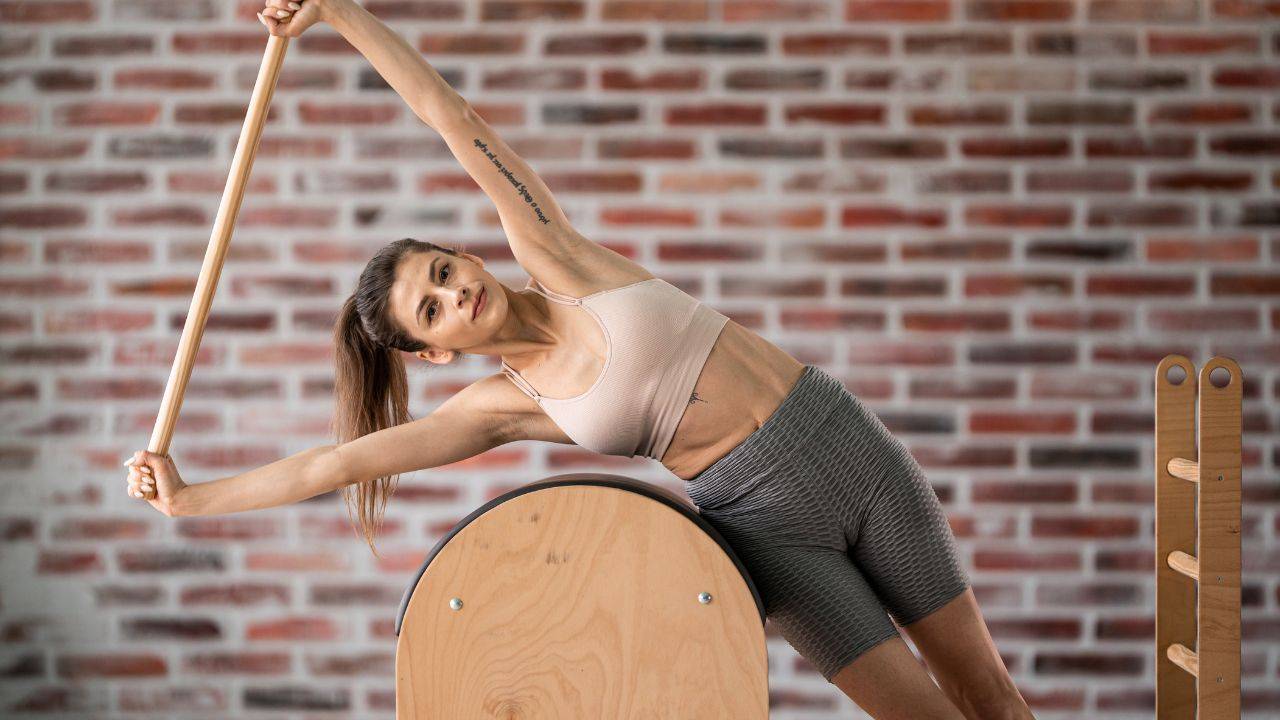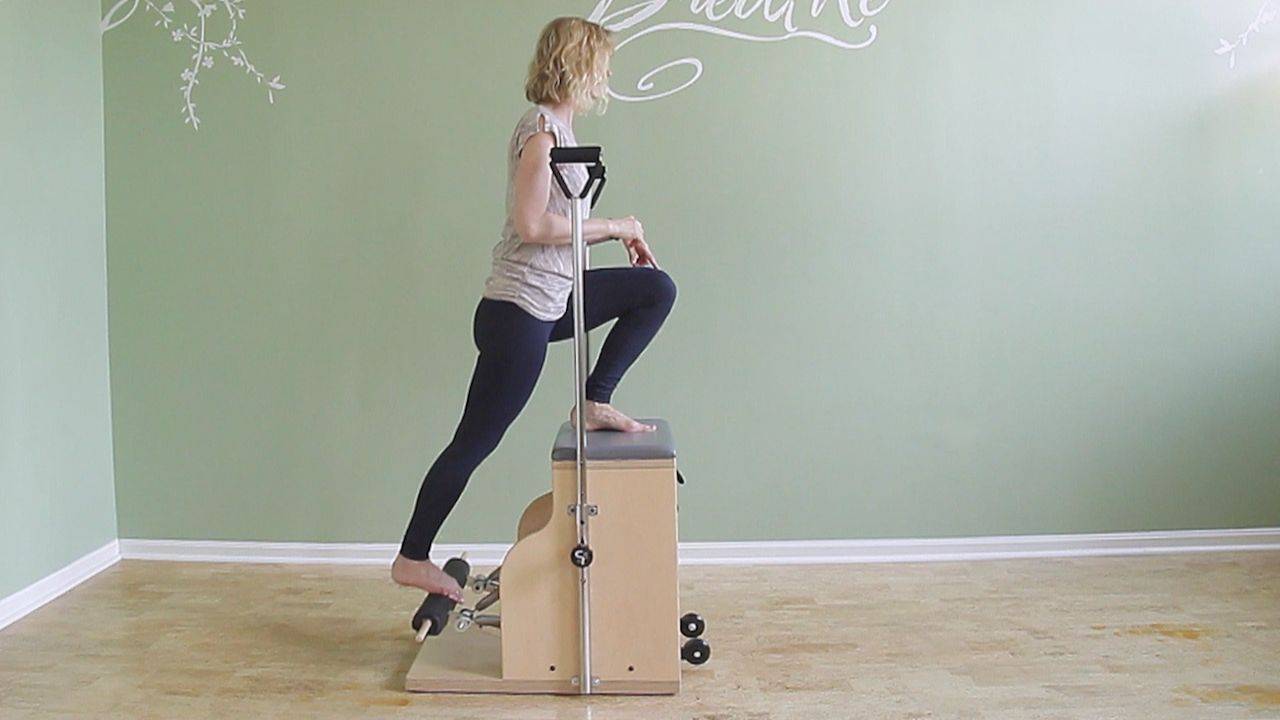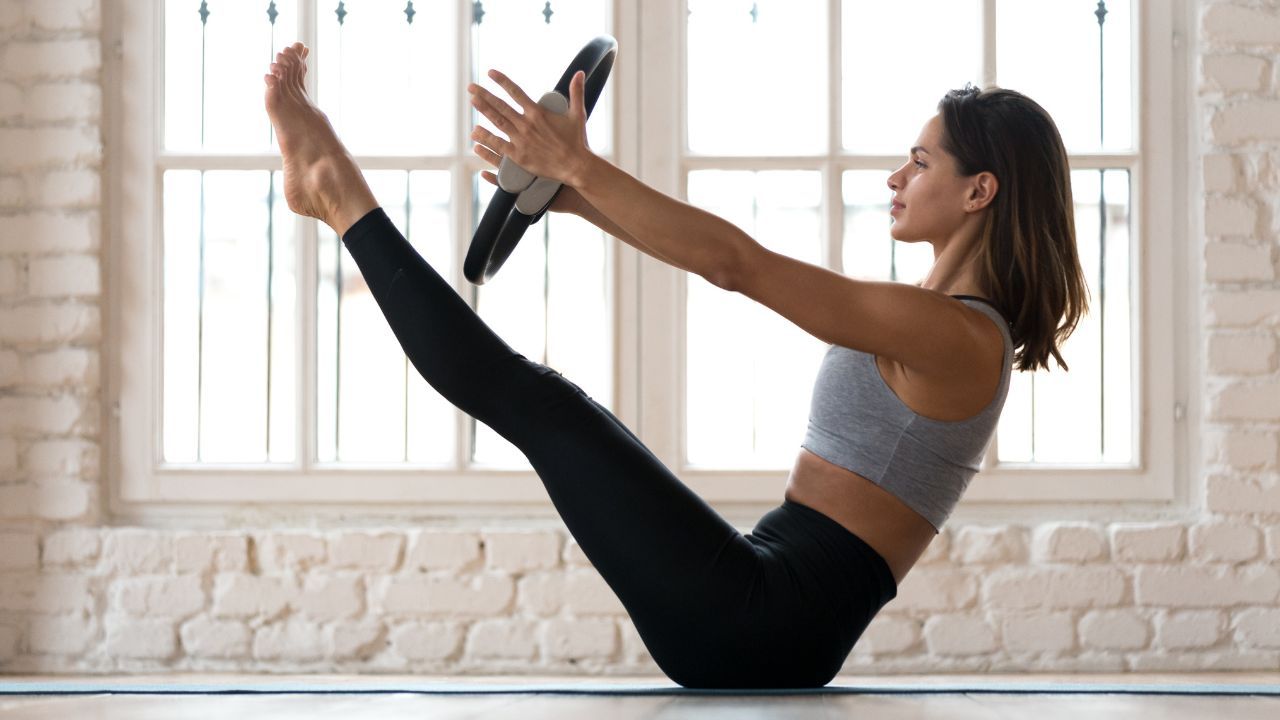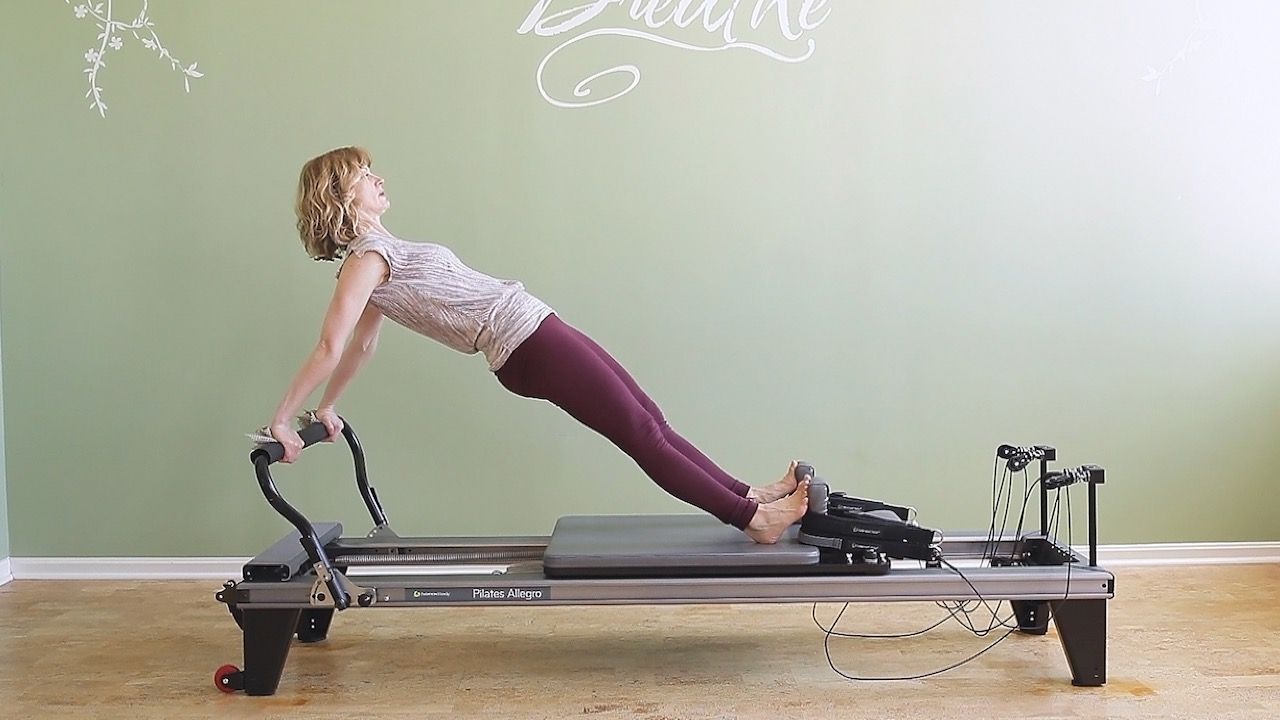Should I Assume a Certain Degree of Bone Loss In a Female Client In Her Late 60s?
Dec 18, 2020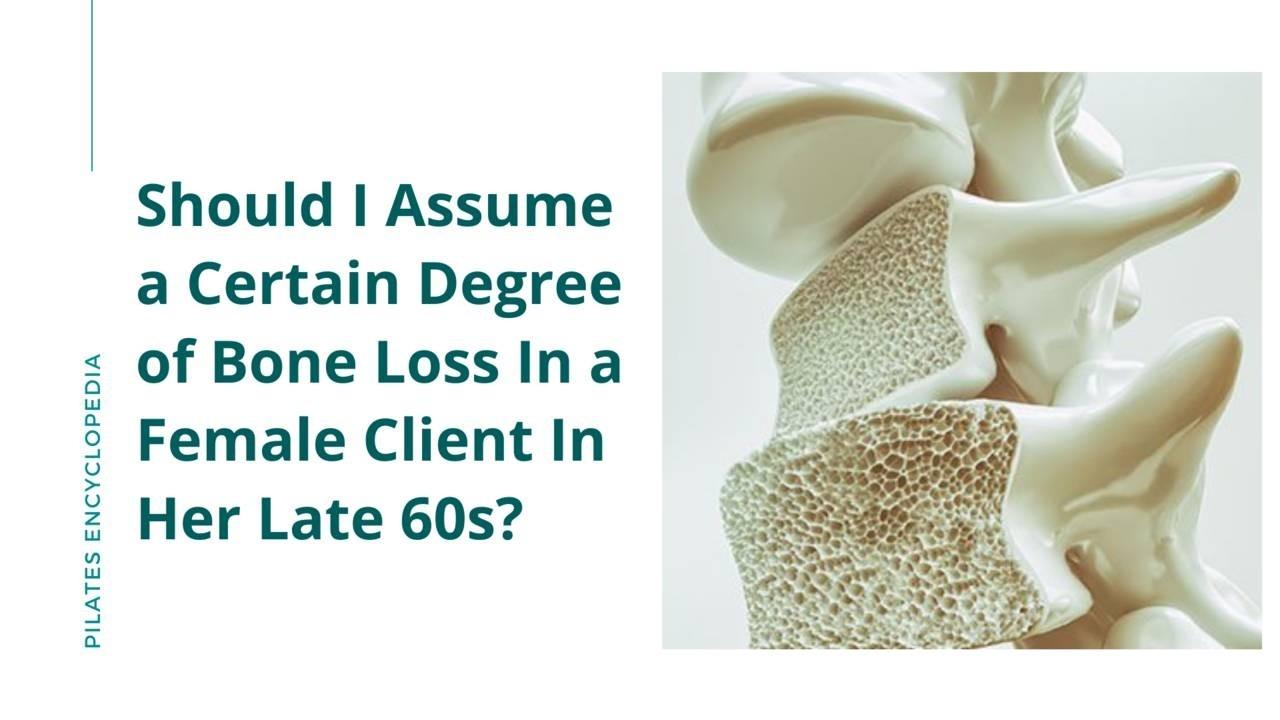
Once a month I host a Live Q&A Call in which I answer any of your Pilates-related questions. This one - about a client in her late 60s who is doing Pilates virtually - is from November 2020.
Should I Assume a Certain Degree of Bone Loss In a Female Client In Her Late 60s and Avoid Contraindicated Exercises?
How would you approach teaching a new client online who is in her late 60s? She has done Pilates previously (mat only). She has completed a health screening form and has said no for any osteopenia/osteoporosis. My worry is that, as I've never taught her 'live' and given her age, should I assume some degree of bone loss and avoid loaded flexion/rotation/inversions?
You mentioned that she checked "no" to low bone density on the health questionnaire. Do you know if she actually had a test done that came back negative? That would be my first question for her. If she hasn't had a test and is assuming she's fine, you can recommend that she get testing done so you and her both know for sure what's going on.
Just because somebody is in that age range, doesn't mean that they have osteoporosis. There are plenty of people who have had the test done at that age or older that are still fine.
It may be genetic, so you could ask if anybody else in the family has been diagnosed with low bone density. If they have, the likelihood for someone else in the family to also have low bone density is higher. Again, I would not hold her back without reason. But of course, if there is any doubt that she might in fact have low bone density, then you can definitely be on the safe side and avoid loaded flexion exercises and twisting movements.
If your client does have low bone density, focus on strength exercises. By building muscle strength, you build bone strength. For example, discern if she has poor hip mobility. If so, then work on that because she needs it. Work on leg strength and continue to build bone strength. There are a lot of good things you can do while avoiding those tricky contraindicated exercises and still challenge her.
Related: Pilates Exercises for Low Bone Density
Lastly, make sure not to scare her. We Pilates teachers are very risk-aware for good reason, but it's important not to spread worry or concern where it's not necessary.
To hear the rest of my answer and to see me gesturing, giggling, and emoting, check out the Q&A Call Replays. They're all available as part of the membership.
Do you have a burning Pilates question? Register for my upcoming live Q&A call and submit your question. Attending live is free and open to anyone.
Inside the Pilates Encyclopedia membership, we have a whole chapter called “Pilates Protocols” in which we list appropriate exercises for injuries and pathologies.




